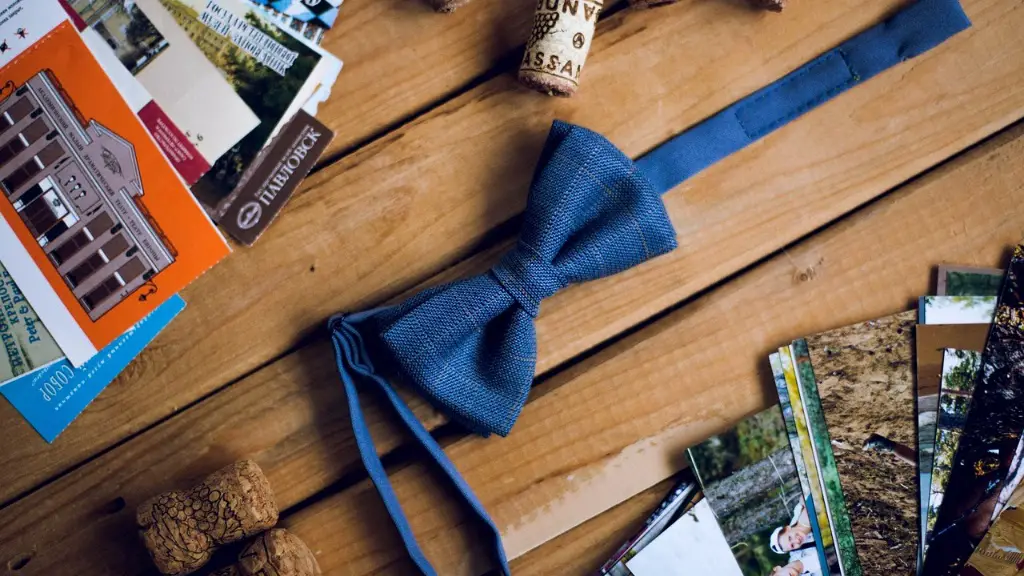When sewing and quilting, having the right needle is essential. Choosing the right needle means that your project will look professional and finish better. But, with so many types and sizes of needles available, it can be hard to know which one is best for your machine. To help make this choice easier, here is a look at the various types of needles, when to use them, and the differences between them.
Understand the anatomy of the needle. All needles have a few parts. The shank is the top part of the needle, and the flat or rounded (depending on the machine) back of the shank fits into the machine. The shank also has a groove on each side where the thread is held. The shaft is what connects the shank to the eye, or hole, of the needle. This is where the thread goes through to create the stitches.
Select the right needle type. There are two types of needles: universal and ballpoint. Universal needles are the most common type, and they work well for everyday sewing. Ballpoint needles are generally used for heavier fabrics like denim, blanket fabrics, and fleece. Universal needles are more rounded at the point and are designed for use on woven fabrics like silk, satins, and chiffon, as well as some knits. Ballpoint needles are more blunt at the point, making them less likely to snag or pull on fabrics.
Choose the right needle size. Needles come in different sizes from 9-18. The larger the number, the larger the needle. Different fabrics require different needle sizes. For light-weight fabrics like chiffon, silk and cotton, you should use a size 9 or 11 needle. For medium-weight fabrics such as linen and satin, use a size 11 or 14 needle. For heavier fabrics such as denim and velvet, you should use a size 14 or 16 needle. You can also get specialty needles, such as quilting needles or jeans needles, that are designed specifically for those fabrics.
Consider the thread weight. The size of the needle should also match the weight of the thread you are using. The heavier the thread, the heavier the needle you should use. If the thread is too heavy for the needle size, the needle may break or bend. For thin threads like lace weight, you should use a size 9-11 needle. For medium threads like cotton, use a size 11-14 needle. For heavier threads like upholstery thread, you should use a size 14-18 needle.
Thread Tension
Another important consideration when choosing a needle is the tension. Too much tension can cause problems like bunching of the fabric, skipped stitches, and broken needles. Higher tension is usually required for heavier fabrics, while a lower tension is needed for lighter fabrics. To adjust the tension, simply use the dial on the machine. Start with the tension setting on the small side and adjust as needed until the stitches look even and balanced.
Clean the Needle
It’s important to keep your needles clean. As you sew, lint from the fabric and thread accumulates on the needles. This buildup can affect the accuracy of stitches, causing puckering and loops in the fabric. To clean the needle, use a soft, lint-free cloth to gently move the lint away from the needle.
Replace the Needle
Needles should be replaced after a few hours of sewing. Needles can get dull over time and can cause damage to your fabric. Check the needle frequently to make sure it is still pointed, and replace the needle if you notice any damage or wear and tear.
Conclusion
Choosing the right needle for your sewing machine is an important part of the sewing process. By understanding the anatomy of the needle, selecting the right type and size for the fabric you are working with, and making sure the tension is set correctly, you can ensure that your projects come out looking professional and do not cause any damage to your fabric.


